


Policies covering transport, public spaces, retail and home design all factor into a future vision for a better 'connected', 'enlivened' and 'enhanced' town.
The policies are part of the new short-term Island Plan, which spans the years 2022 to 2025, and has recently been published.
The document notes that planning for the future of town is “critical to the sustainable development of the island in the widest sense, having regard to environmental, economic and social issues."
It also noted that only 36% of people living in St. Helier are satisfied with their neighbourhood, compared to 63% living in suburban parishes, and 81% of people living in rural parishes.
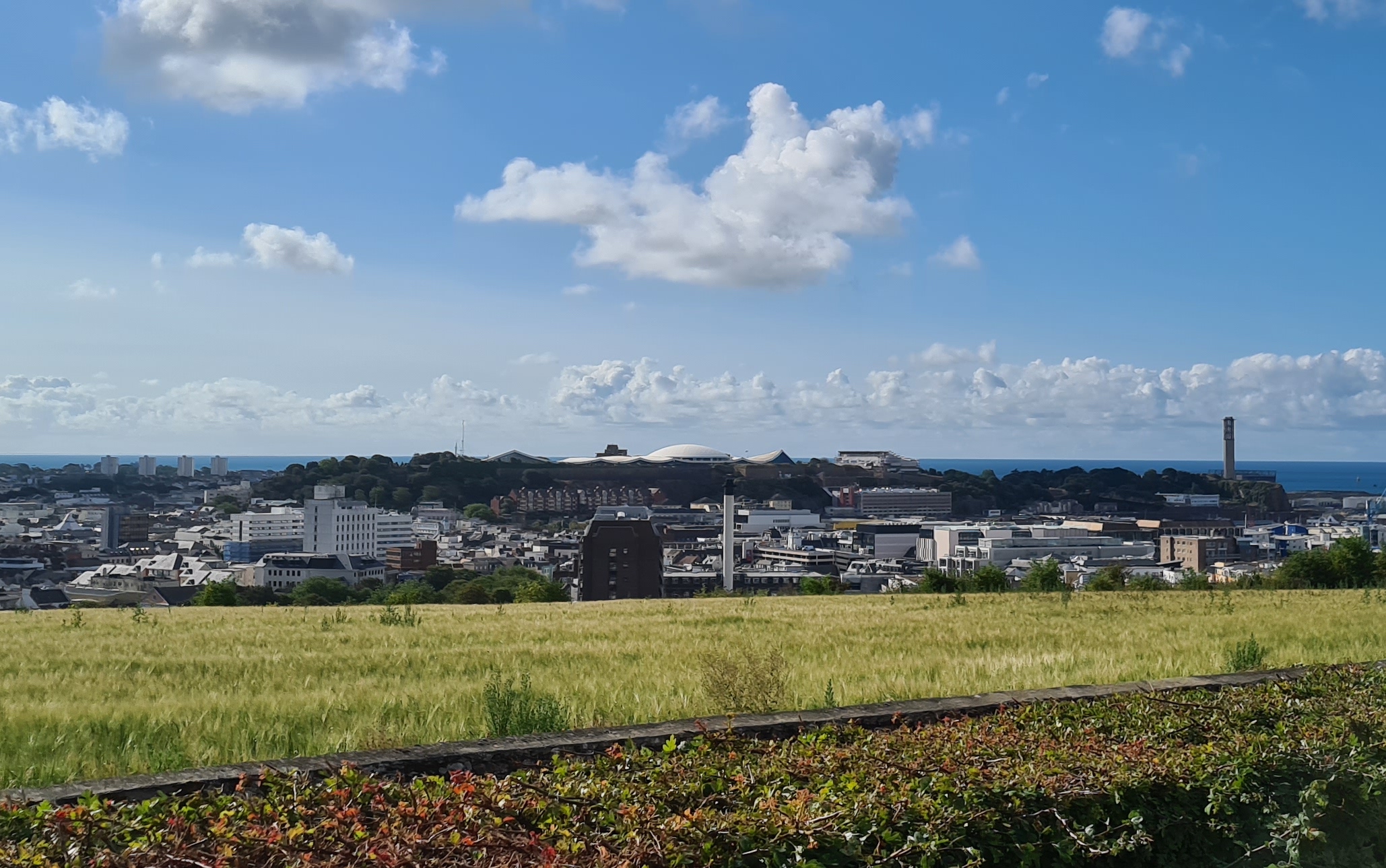
Pictured: Only 36% of St. Helier residents say they are happy with their neighbourhood.
“In the face of development pressure, it is essential that the new Island Plan is used as a tool to plan positively for change,” the Plan says. “It must enable and facilitate the development that new and existing town residents - and the wider island community - want and need, so that Town can develop in an enduring and sustainable way.
“The Island Plan aims to support town to grow in a way which enhances and complements its character and identity; where people have a good living environment and neighbourhood, with access to open space and community facilities; and it becomes a place of choice to live.”
The ‘Plan for Town’ focuses on three concepts - connect, enliven and enhance – to make town more vibrant...
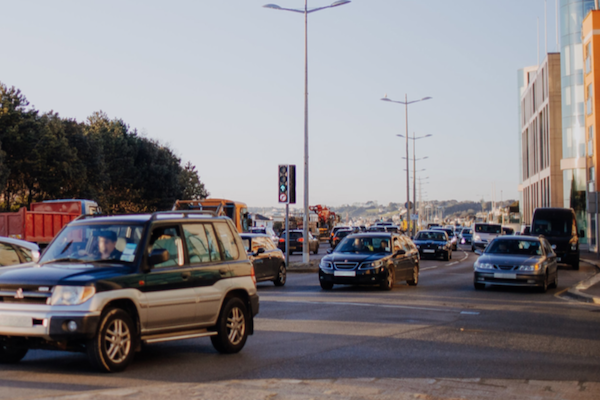
Pictured: Cars are too dominant in town.
The plan says there is a “clear need” to review the use of different modes of travel on the roads and streets in town, and the priority given to each, noting the “dominance” of car traffic.
The St. Helier Public Realm and Movement Strategy has recommend giving more priority to “safe and efficient travel by walking, cycling and other active modes” as well as enhancing key commercial areas, ensuring servicing and logistics can operate efficiently and providing opportunities to create social interaction, creativity and play.
Among the four key concepts to improve connection in St. Helier is the idea of a “vibrant core” within the cultural and economic heart of St. Helier, where pedestrians would have priority.
Pictured: Both retail and non-retail uses need to be encouraged in St. Helier.
The plan says that in order to maintain and enhance the “vitality” of St. Helier, retail and non-retail uses need to be supported, as they attract both islanders and visitors to the town centre and generate activity throughout the day.
It says that “the restaurants of Kensington Place; the independent shops of Colomberie; and the night-life of The Weighbridge" all contribute to “the attractiveness and vitality of the town centre."
The plan has defined two distinct areas: the core retail area and St. Helier town centre.
The first includes the pedestrian area of town running from Charing Cross to Snow Hill, as well as sections of New Street, Halkett Place, Bath Street and the Central Market. It sits within the wider defined town centre, which incorporates the majority of the town centre uses - including leisure and entertainment, arts and culture, civic, and daytime and evening economy - across the defined area of the town centre.
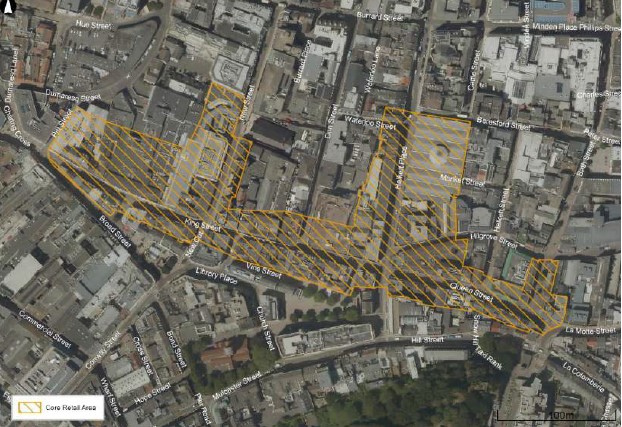
Pictured: The core retail area in St. Helier.
In the future, any proposals to change a building’s use from retail or any other “town centre use” will have to demonstrate there is no longer of a demand for such uses, as well as justify how an alternative use will contribute to the vitality of the centre.
Change of use away from retail will also mean demonstrating that there is no market demand for retail use and justifying how an alternative use will contribute to the core retail area. Meanwhile, any large retail development will only be accepted outside of town if it can prove it would not “adversely affect” the core retail area via a retail impact assessment.
A policy has also been drawn up to support the temporary use of empty properties – described as ‘meanwhile uses’ - within St. Helier town centre and the defined centre at Les Quennevais.
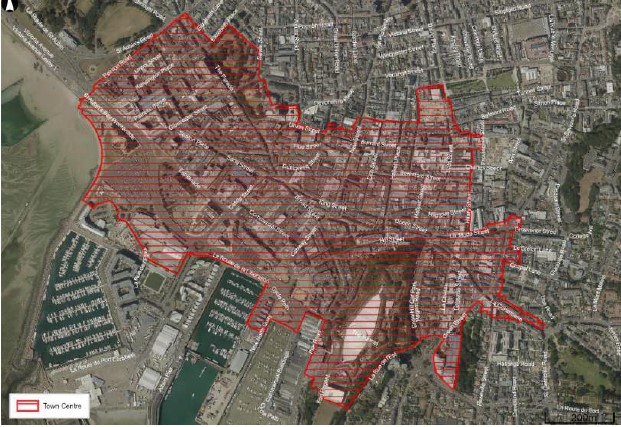
Pictured: The area defined as the town centre.
Guidance will also be issued for the design of shopfronts, which will be encouraged to take into account the character of the building. Halo illumination will be encouraged for external lights, where necessary, while the installation of external security shutters will not be supported.
The Island Plan also encourages the provision of new, or the extension of existing daytime and evening economy uses in St. Helier town centre, as well as in Les Quennevais defined centre and the tourist destination areas of St. Aubin, St. Brelade’s Bay and Gorey Harbour.
Those uses will also be supported in other parts of the built-up area as well as outside of it if there is a need for them and they make use of existing buildings.
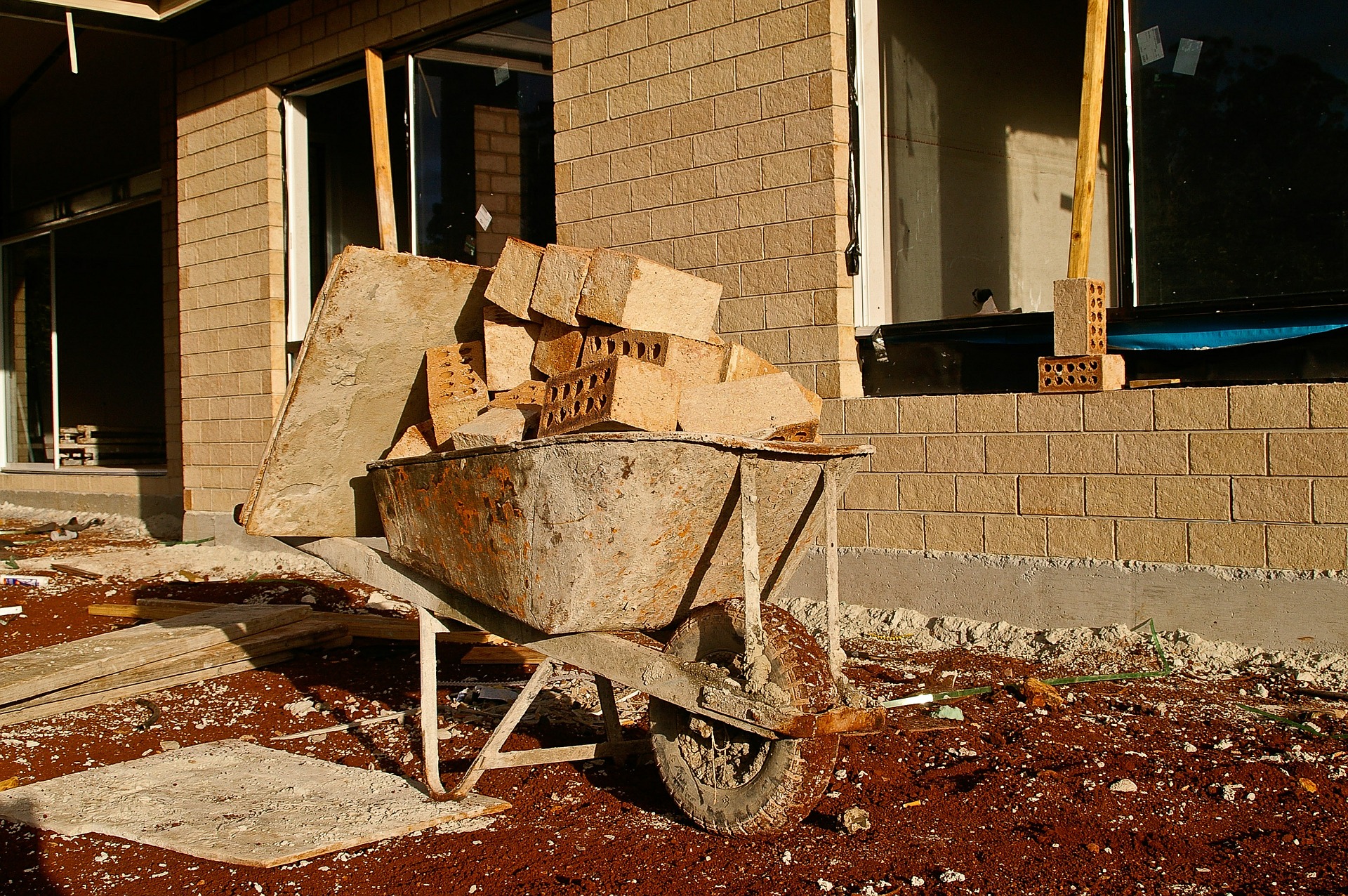
Pictured: Policies have been put forward to regulate the design quality of new homes.
The Plan states the way new homes are accommodated in existing town neighbourhoods will be key to making town a more attractive place to live.
"The covid-19 pandemic lockdown has highlighted the importance of the 'liveability' of places, and the idea that good neighbourhoods are those where most of people's daily needs can be met within a short walk or cycle," the plan notes.
"The benefits of this approach - known as the '20-minute neighbourhood' - are multiple: people become more active in the way they travel, improving their mental and physical health; traffic is reduced, and air quality improved; local shops and businesses thrive; and people see more of their neighbours, strengthening their sense of community."
As such, policies have been put forward to regulate design quality, community support infrastructure as the well as the provision and enhancement of open space and play space.
Comments
Comments on this story express the views of the commentator only, not Bailiwick Publishing. We are unable to guarantee the accuracy of any of those comments.